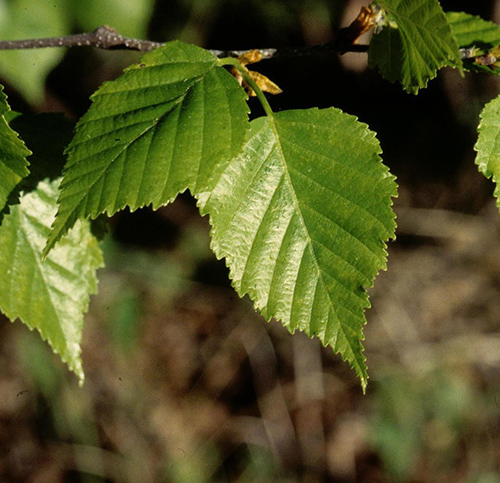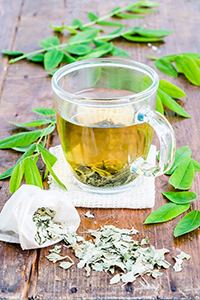Contents
Despite the delicate appearance of the white birch tree, its name evokes punishment applied in olden times to naughty pupils. It’s okay; elastic branches have been historically used to whip rebellious youths. Today, in northern countries, people use white birch branches to lash their legs and arms and activate blood circulation in the skin.
The great Renaissance Italian physician and botanist Mattioli christened it “the nephritic tree of Europe.” This tree has many applications. Its wood, and especially its charcoal, is excellent. Its bark is waterproof; with it, ancient shepherds made jars and snowshoe covers.

White Birch Scientific Facts
- Scientific synonyms: Betula verrucose Ehrh., Betula pendula Roth.
- Other names: Silver birch, canoe birch, paper birch.
- French: Bouleau blanc.
- Spanish: Abedul.
- Environment: It grows in the mountains of northern Spain and Europe, in Canada, where it forms extensive forests, and in other cold and mountainous areas of North America.
- Description: This is a fine deciduous tree of the Betulaceae family. The main feature of this tree is the whiteness of its bark, which comes off in fine sheets. It has young hanging branches (after those, it is named Betula pendula), with small nodes that gave birth to its other scientific name: Betula verrucose. Male and female flowers grow on the same tree.
- Parts of the plant used medicinally: The leaves, the buds, the sap, and the bark.
Healing Properties and Uses

The white birch tree’s leaves and buds contain mainly flavonoids (miricitrine and hyperoside), which give them remarkable diuretic properties (elimination of liquids) and bitter components catechic tannins and essential oils. Their applications are as follows:

- Edema. They help eliminate liquids retained in the body, predominantly renal or heart insufficiency. Unlike other chemical diuretic substances, white birch leaf infusions do not provoke the loss of vast amounts of mineral salts via urine or irritate kidney issues. On the contrary, they can regenerate and reduce inflammation, decreasing albumin elimination through the urine for nephrosis and renal insufficiency.
- They are also successfully used for pre-menstrual syndrome. When taking this herbal tea some days before menstruation, the volume of urine increases, and the swelling of tissues decreases, especially that of the legs, abdomen, and breasts.
- Kidney stones. Infusions made with leaves and buds of the white birch tree promote the elimination of urine sands and prevent the formation of kidney stones. It has been proven that in some cases. These herbal teas can even dissolve stones. Infusion is recommended for nephritic colic attack (kidney colic) and, in an ongoing way, to avoid the formation of rocks.
- Depurative. Leaves and buds of the white birch tree have depurative properties on the blood’s toxic substances, such as uric acid. Hence, herbal teas made with them are recommended for gout and arthritis.
- Skin disorders. Due to their depurative properties, when internally used, they are recommended to cleanse the skin from impurities in the case of chronic eczema and cellulitis.
- Wounds and sores. Externally applied as compresses, these leaves and buds have antiseptic and healing properties for wounds and sores due to the amount of tannin they contain.
Like the willow and cinchona trees, the white birch tree bark has febrifuge properties. It is taken as a decoction to decrease fever. Before leaves grow at the beginning of spring, the white birch tree can provide several liters of delicious daily sap by cutting a branch or making a hole in its trunk. This sap has the same properties we described when discussing the leaves and being a pleasant drink. Northern European villagers drink it to achieve a complexion as white and clean as the tree’s bark.
How to use White Birch

- Infusion with 20-50 grams of leaves and/or buds per liter of water. Drink up to one liter daily. Its flavor is slightly sour; it can be sweetened with honey or brown sugar. Adding 1 gram of sodium bicarbonate enhances the effectiveness of white birch herbal teas since its active components are better dissolved in alkaline environments.
- Decoction of bark, with 50-80 grams per liter of water. Boil until the liquid reduces to half. Drink two or three cups daily, sweetened with honey.
- Sap. Take it after dissolved in water (in a proportion of 50%) as a soft drink. Avoid its fermentation.
- Compresses on the skin, with the same infusion described for internal use.
DISCLAIMER: All content on this website is presented solely for educational and informational objectives. Do not rely on the information provided as a replacement for advice, diagnosis, or treatment from a qualified medical expert. If you are pregnant, nursing, or have any preexisting medical concerns, talk to your doctor before using any herbal or natural medicines.
REFERENCES
- George D. Pamplona-Roger, M.D. “Encyclopedia of Medicinal Plants.” George D. Pamplona-Roger, M.D. Encyclopedia of Medicinal Plants. Ed. Francesc X. Gelabert. vols. 2 San Fernando de Henares: Editorial Safeliz, 2000. 568, 569. Print.
- RxList: https://www.rxlist.com/supplements/birch.htm
